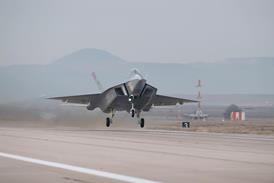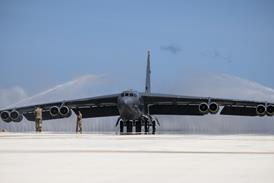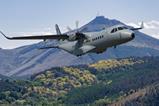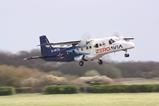ATR continues to analyse the ability of its supply chain and production system to support future rate rises as it targets annual output of 60 aircraft “within the next three to four years”.
“We are preparing for the future, we want to ramp up, that’s clear,” said chief executive Nathalie Tarnaud Laude, speaking during a Paris air show press conference on 18 June.
“We are putting lots of effort into improving the process and we are working with our suppliers to start the ramp-up in 2026.”
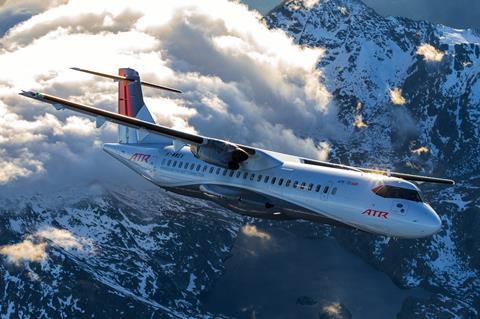
Last year, the joint-venture turboprop manufacturer shipped just 35 aircraft, a one-unit fall from the previous year as supply chain challenges slowed output, and Tarnaud Laude in February said 2025 would be a “year of stabilisation” ahead of future rate increases.
But she insists she is “totally confident” on the capacity of the supply chain to cope with higher production levels despite lingering, albeit improving, bottlenecks.
“Is it tomorrow that we will do a 30% ramp-up? Certainly not. But the visibility we provide to [suppliers], they are coming back saying they could achieve the type of numbers we are looking for in the next three to four years and beyond.”
Within that timeframe, ATR aims to hit annual production “close to 60 aircraft” and then “going beyond”.
Providing suppliers with “visibility” on the production plans is vital as it “helps them put the effort and necessary investment to the ramp-up going forward”.
“At the moment we feel confident that we can put this together but of course it’s an effort,” she says.
“It will not come by itself and co-operation work is what we need to do with our suppliers but I feel confident we can achieve that.”
Remaining supply chain pinch-points include small aerostructures manufacturers “which are in quite a difficult situation” and landing gear supplier Safran Landing Systems (SLS).
In that case, Tarnaud Laude detects signs of improvement. “We have a very good relationship [with SLS] and we are working together hand in hand. It is not easy but we start to see things happening.”
Previously ATR registered four landing gear parts as “very critical” but “we are having discussions almost every week and we have seen those four items reduced to two”.
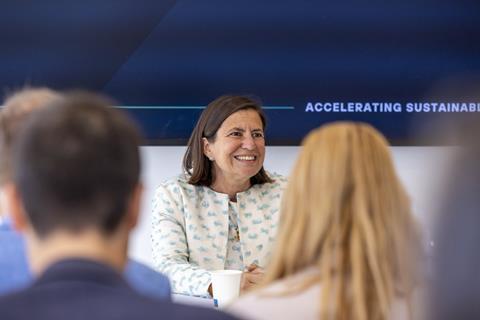
Meanwhile, ATR is examining its own industrial set-up to ensure compatibility with the higher-rate goals.
Marion Smyers, the firm’s newly appointed senior vice-president of operations and procurement, says the airframer needs to be “ambitious” to meet market demands but also “realistic with the supply chain we have and the challenges we have”.
It is, she says, taking the time to “stabilise the volume and put the right foundation in and have a more solid supply chain [that is] able to ramp up”.
“We need to take time to understand how to reach the right volume with the right set-up.”
The need to raise production is illustrated by the airframer’s latest 20-year forecast, which predicts 2,100 deliveries in the period to 2044 – a rate of 105 per year.
ATR has the only in-production western turboprop, with rival De Havilland Canada having mothballed its competing Dash 8-400 in 2022.
Last year, the airframer took in 56 orders, ensuring the book-to-bill ratio was above one for the fourth consecutive year; it has already booked 30 orders during the first six months of 2025.
Backlog at year-end stood at 150 aircraft and the next open slot for a direct purchase is now the second half of 2027, says chief commercial officer Alexis Vidal.
“Part of our journey is to convince airlines to plan for capacity and engage in multi-year fleet renewal programmes,” he says.





